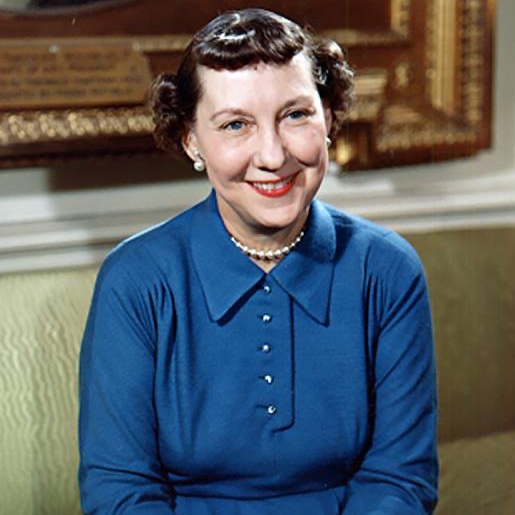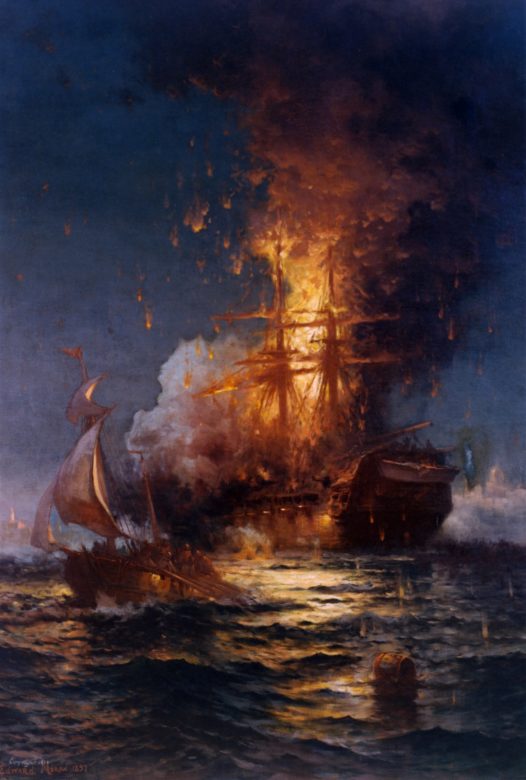#OTD 75 years ago, President Franklin D. Roosevelt’s funeral took place at the White House. The photograph shows members of the honor guard standing watch near Roosevelt’s casket in the East Room on April 14. 1/9
Image Credit: National Archives and Records Administration
Image Credit: National Archives and Records Administration

He had died in Warm Springs, Georgia, two days earlier. Roosevelt was sitting for a portrait when suddenly he complained that he had a terrible headache—later diagnosed as a cerebral hemorrhage. 2/9
Image Credit: Franklin D. Roosevelt Presidential Library and Museum / NARA
Image Credit: Franklin D. Roosevelt Presidential Library and Museum / NARA

The news of his death shocked the country and the world, yet those close to the president knew that his health had been in decline. First Lady Eleanor Roosevelt stayed in Washington until Vice President Harry Truman took the oath of office before leaving for Georgia. 3/9
The next morning, the funeral train departed Warm Springs for Washington, D.C. Hundreds of thousands of Americans paid their respects to the departed commander-in-chief by solemnly observing the train as it passed through their respective towns and cities. 4/9
Mrs. Roosevelt traveled overnight with her husband’s casket, arriving in the nation’s capital on April 14 at 10:00 am. 5/9
Image Credit: Franklin D. Roosevelt Presidential Library and Museum / NARA
Image Credit: Franklin D. Roosevelt Presidential Library and Museum / NARA

The casket was placed on a caisson and received full military honors before departing for the White House. The procession—featuring 2,300 troops at six-paces apart and an estimated crowd of 350,000 people along the route—took an hour and twenty minutes to complete. 6/9
The funeral was held in the East Room at 4:00 pm, with some 350 guests ranging from members of the Cabinet, Supreme Court, and Congress, to diplomats and dignitaries, as well as friends of the family and White House staff. 7/9
At 9:30pm, Roosevelt’s remains departed Washington on a train bound for his beloved Hyde Park estate. The next morning, April 15, he was laid to rest in the garden between his home and presidential library. 8/9
Image: Franklin D. Roosevelt Presidential Library and Museum / NARA
Image: Franklin D. Roosevelt Presidential Library and Museum / NARA

Learn more about Death in the White House in this episode of our podcast, The #1600Sessions 9/9: whitehousehistory.org/1600-sessions/…
• • •
Missing some Tweet in this thread? You can try to
force a refresh





















